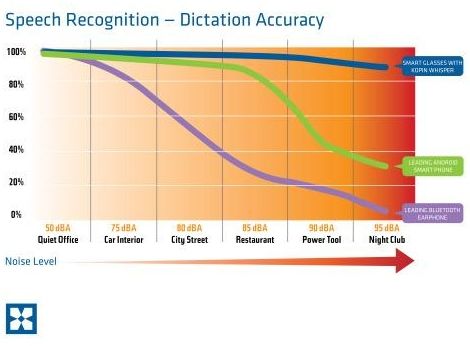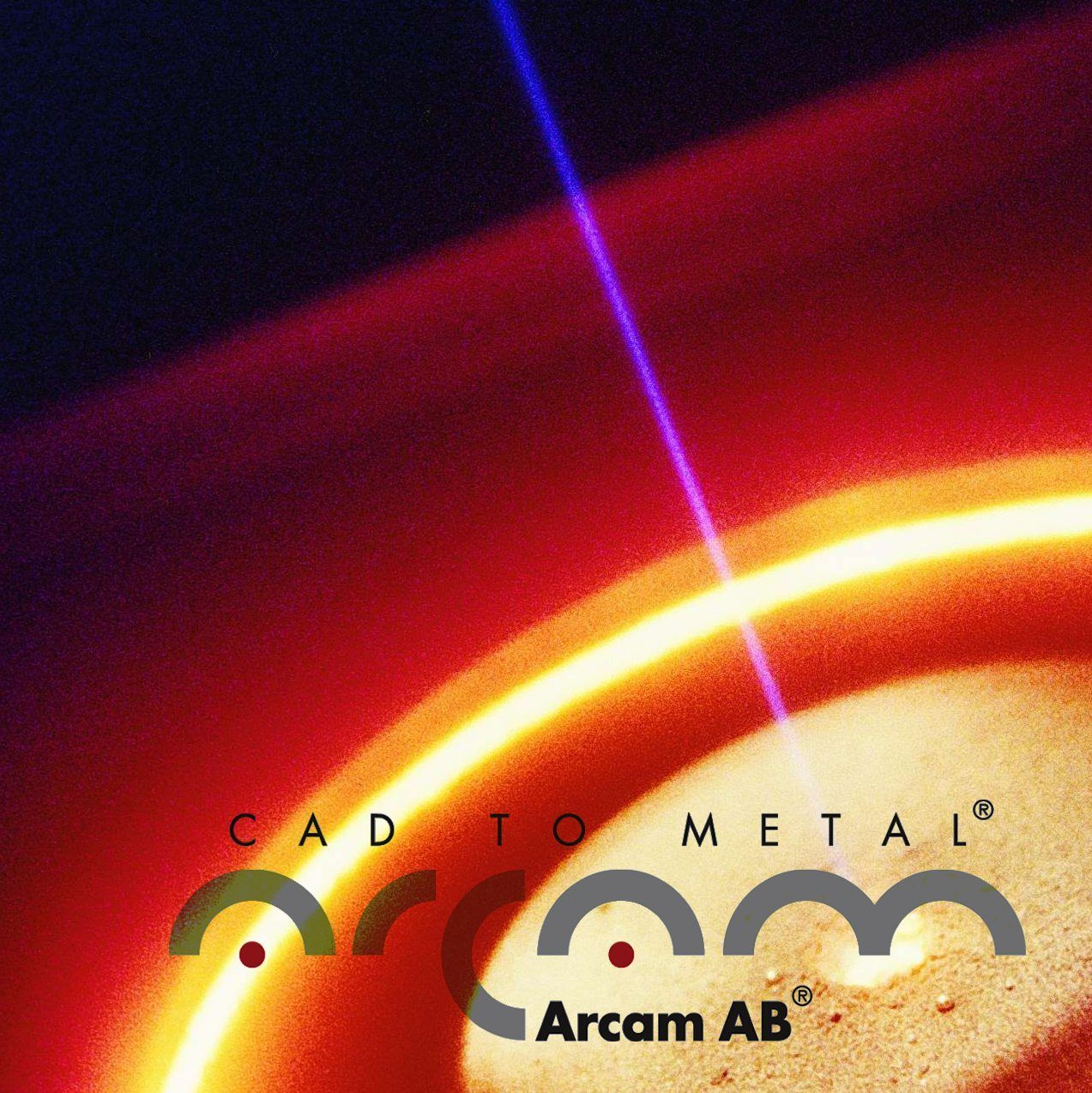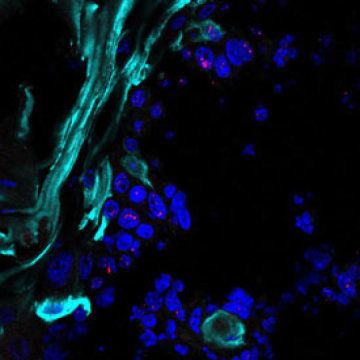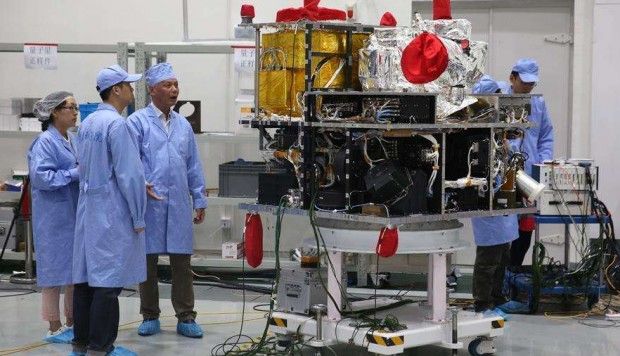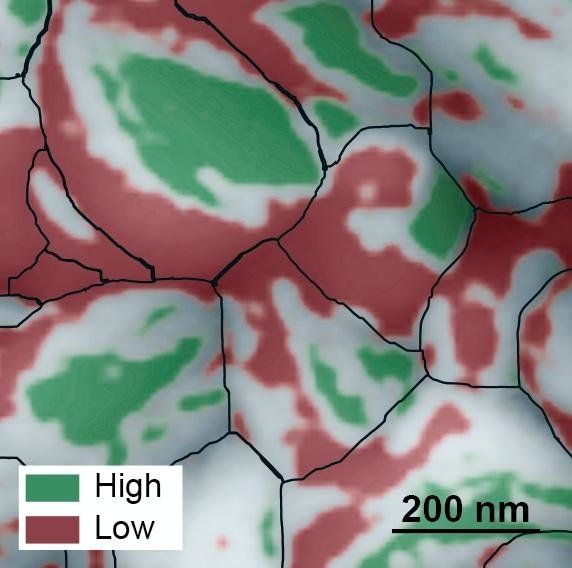Nice.
A team of neuroscientists at the Champalimaud Centre for the Unknown, in Lisbon, has been able to map single neural connections over long distances in the brain. “These are the first measurements of neural inputs between local circuits and faraway sites”, says Leopoldo Petreanu, who led the research. In doing so, Petreanu and co-authors Nicolás Morgenstern and Jacques Bourg have also discovered that the wiring of the brain is more complex than previously thought. Their results have been published in the journal Nature Neuroscience.
“We want to understand the structure of the brain, but the wiring diagram we have of the brain is still very rough”, says Petreanu. “Except at the local level, we don’t know how individual axons [the fibers projected by neurons] connect.”
Thanks to a novel technique involving neural stimulation with laser light developed at their lab, the scientists were able to track the activity of individual axons, in the mouse brain, between a brain structure called the thalamus and the part of the visual cortex which receives, by way of the thalamus, the visual stimuli from the retinas.
Read more
